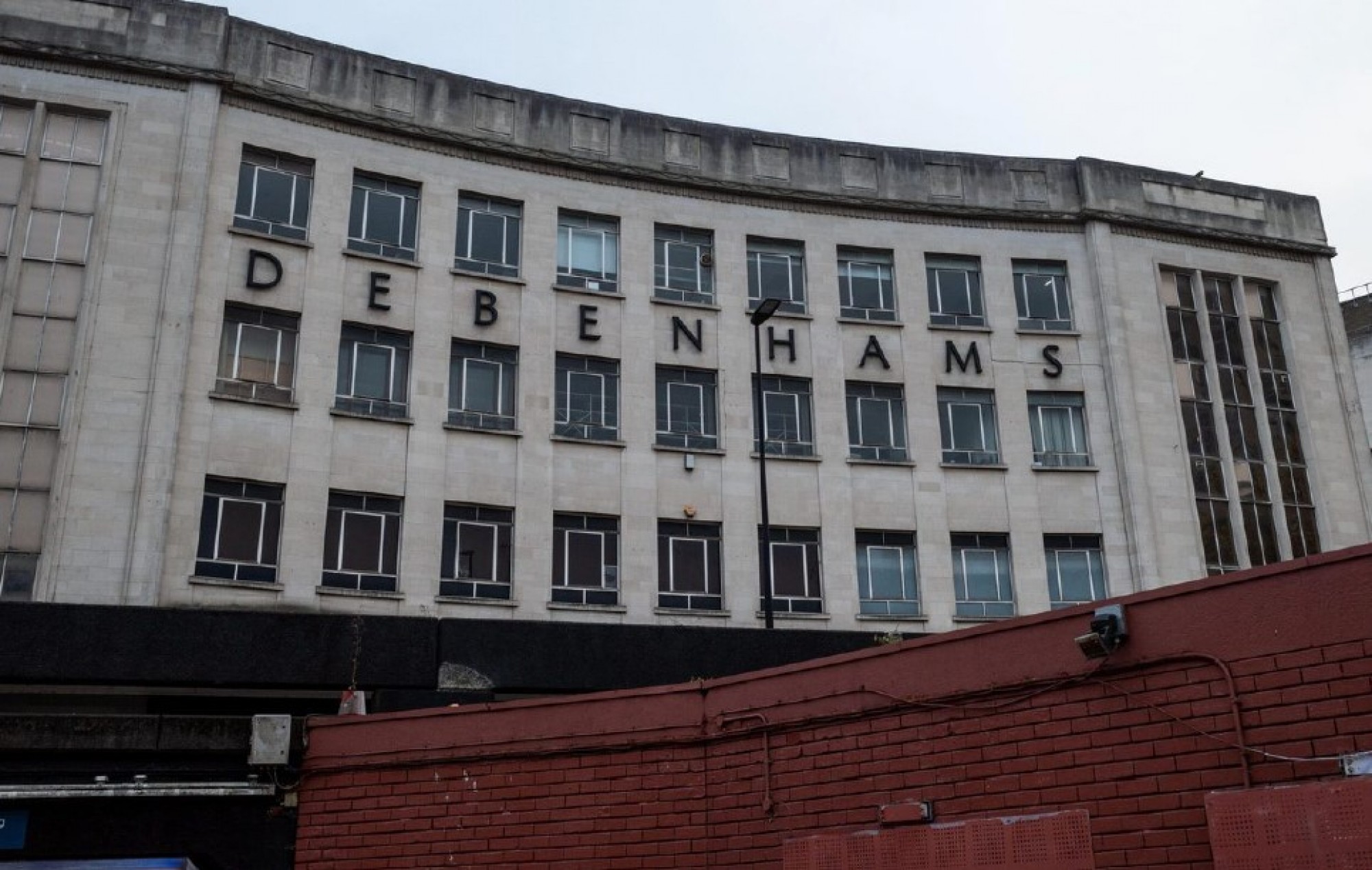The possibilities are almost endless – the pitfalls just as plentiful
At the height of the pandemic there was an avalanche of casualties on the high street. Instead of single or multiple retail units becoming distressed, however, it was the turn of the department store. These much larger spaces started to become void – something we had never seen on such a scale before – and which presented a new challenge: what do you do with an unwanted 100,000 sq ft? One option is leisure and food and beverage, but the answer’s not quite that simple. For example, if a landlord were to inherit a fitted-out restaurant, the risk profile to a new letting is far more measured and quantifiable. The quantum of rent and space is much more bite-sized, and if the restaurant were to fail, the need for extraction would be limited as the expensive equipment within the unit would likely be used for the next tenant. However, in the case of a department store, it’s a whole different ball game – you really are starting from scratch. It is the landlord’s responsibility to enable a shell unit and, from there, invest to convert to a leisure use. These are big numbers with big risks. Some concepts are already off the ground, which is a massive testament to operators like Gravity Active Entertainment with its family-friendly venues, or competitive socialising concepts such as Swingers, Bounce and Flight Club. Food for thought.
Nevertheless, pizzas and ping-pong are not a panacea. There have already been casualties in the food hall space, and more than one operator has been challenged by large investments needing continuous footfall and spend. It’s fair to say not all competitive socialising efforts will be successful, and these concepts alone will not be enough to fill the voids. New thinking is required. The main touch points include community, dining, events, live performances and streaming, micro-breweries, gin and vodka distilleries, community retailing, meeting rooms; the list goes on. Is it possible for all of this to happen under one roof? It already is. Take one of my favourites: Sarona Market in Tel Aviv. It boasts one of the most incredible food halls and retail destinations. Notably, the market includes bar dining but also incorporates wine tasting rooms and whisky bars, while also leaving room for a McDonald’s. On top of that, there are ongoing events that utilise the space, such as fashion weeks, opera, Octoberfest and flamenco – essentially, something for everyone. If we look closer to home, properties like the former House of Fraser in Chichester, or the vacant Debenhams stores in Bristol and Canterbury are crying out for experiential hospitality options, such as food halls that also combine retail and leisure elements. Granted, this wouldn’t be the complete solution for these spaces, but these kinds of operators would be a huge step in the right direction, encouraging leasing momentum and cross-pollination with reinvigorating brands.
Those seeking an answer to how this type of redevelopment might work need look no further than Grosvenor’s solution for its vacant Debenhams unit at Liverpool One. Earlier this week Gravity announced a £10m investment to transform two floors of the store into a unique e-karting experience, bowling, urban golf and modern F&B offering with a bar concept and live entertainment. This kind of vision not only transforms once retail-only space, but also the destination and wider Liverpool area, demonstrating real commitment to the levelling-up agenda. Liverpool’s former Debenhams store will soon be home to an e-karting circuit When it comes to the next generation of food halls in particular, we will begin to see a lot more diversity, too. Taking inspiration from places like Sarona Market, the need to capture and keep guests coming, which requires different experiences than just the typical food and drink. This will mean more space is required, and likewise, greater investment.
The good news is that progress is afoot, but the change is challenging landlords and the funds that sit behind them, as committing to such a substantial investment comes with risks. Operators are constantly evolving, but now need more investment than ever. I’m excited to see the firsts within the market and those who will get the accolades and raised profile, which will no doubt aid the meaningful transformation of the high street.
